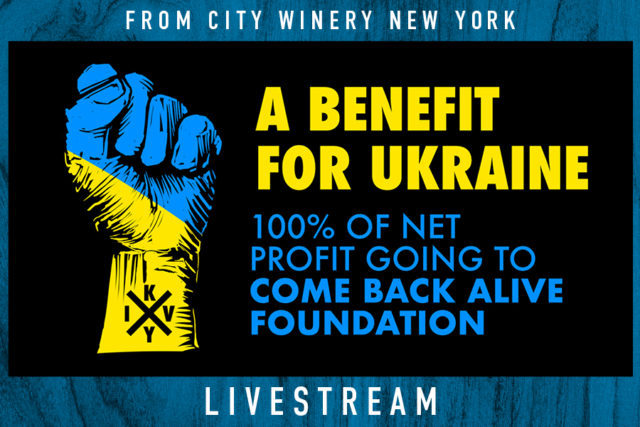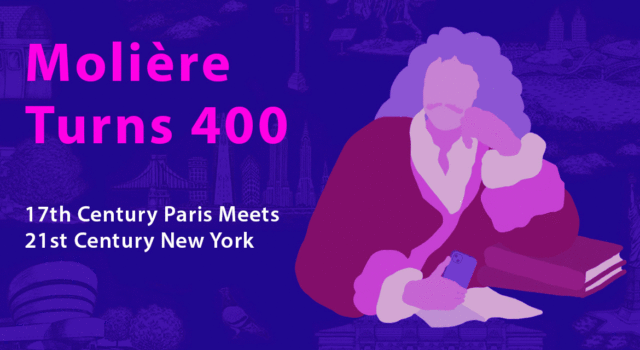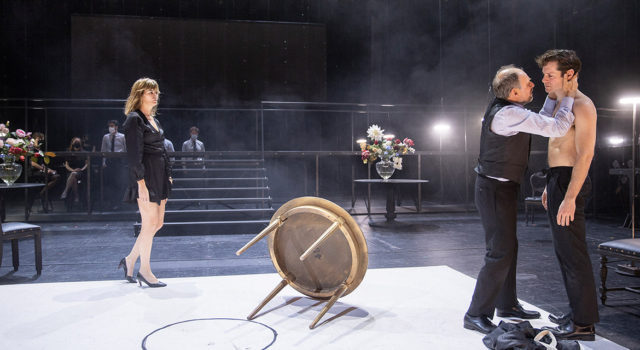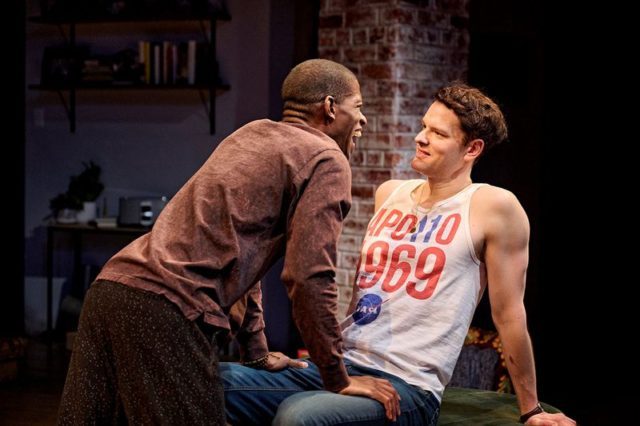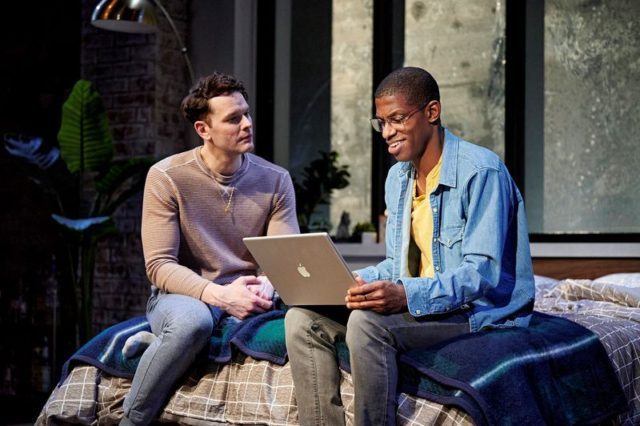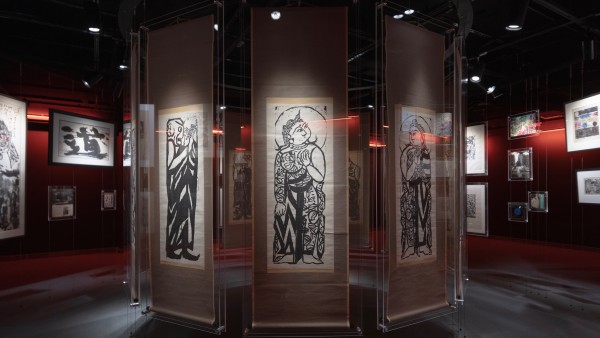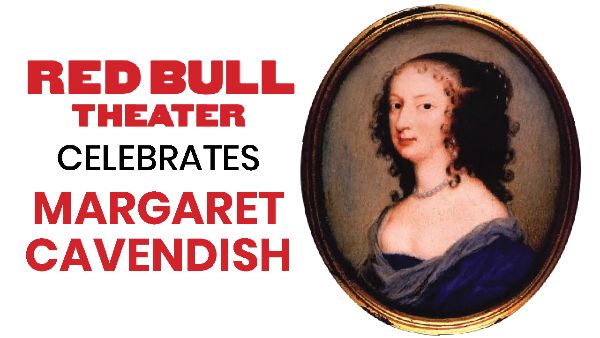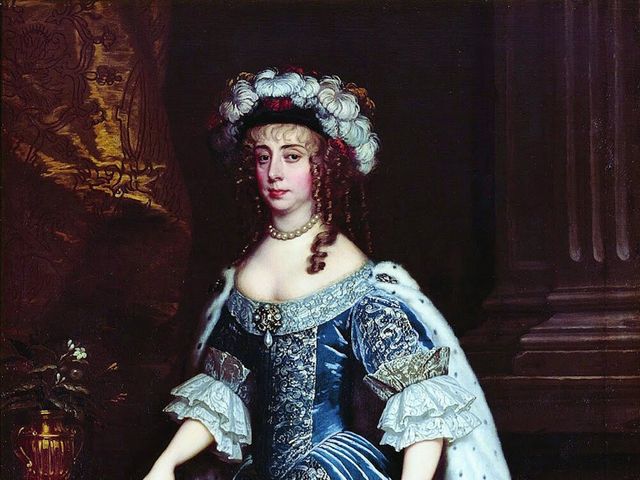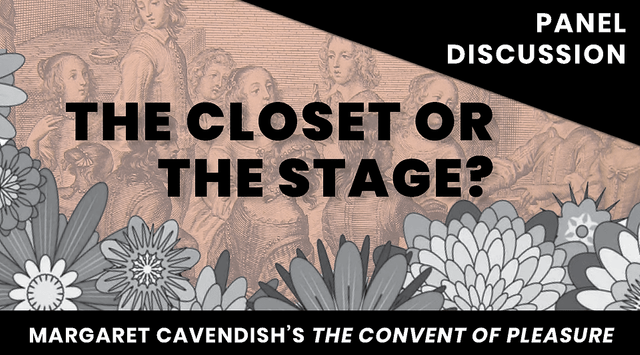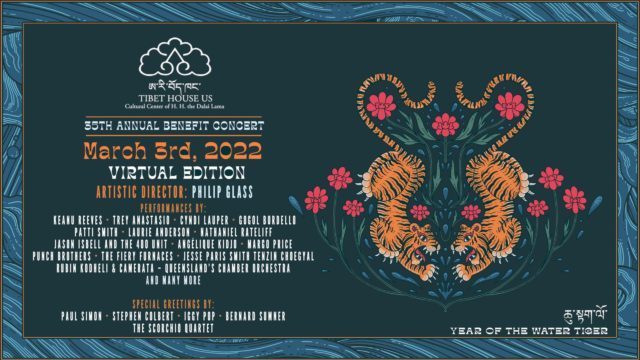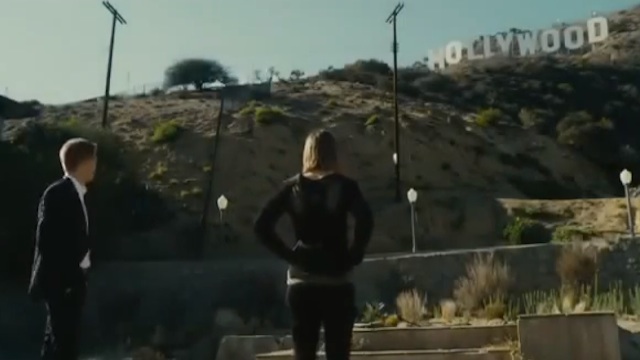
Jerome Fontana (Robert Pattinson) and Agatha Weiss (Mia Wasikowska) look to the Hollywood hills in Maps to the Stars
MAPS TO THE STARS (David Cronenberg, 2014)
Metrograph
7 Ludlow St. between Canal & Hester Sts.
Wednesday, March 9, 4:45 and 7:15
Metrograph at Home, March 12-14
www.focusfeatures.com
nyc.metrograph.com
Actor and comedian John Early’s latest selection for Metrograph is an underrated gem. Canadian filmmaker David Cronenberg and American novelist and screenwriter Bruce Wagner, a match made in Hollywood Babylon, paint a savage portrait of celebrity culture in the absolutely incendiary and off-the-charts satire Maps to the Stars. The darkly funny comic drama centers on Agatha Weiss (Mia Wasikowska), a young woman who returns to Hollywood after having been put away for a long time for a dangerous deed, her face and body marked by burns. Befriending limo driver Jerome Fontana (Robert Pattinson), who is an aspiring actor and writer, Agatha gets a job working for disgruntled actress Havana Segrand (Julianne Moore), who is desperate to star in the remake of Stolen Moments, playing the role that made her mother, Clarice Taggart (Sarah Gadon), famous, but Havana fears that according to Hollywood she is much too old. Havana undergoes regular intense physical and psychological therapy to deal with her mommy issues with television healer Stafford Weiss (John Cusack), Agatha’s father, who has banished his daughter from ever contacting the family again. Meanwhile, Agatha’s younger brother, thirteen-year-old child star Benjie Weiss (Evan Bird), is a Bieberesque character fresh out of rehab who is negotiating the sequel to his massive hit, Bad Babysitter, with his very serious stage mom, Cristina (Olivia Williams). Slowly but surely, everyone’s lives intersect in a riot of fame and misfortune, drugs and guns, ghosts and incest.
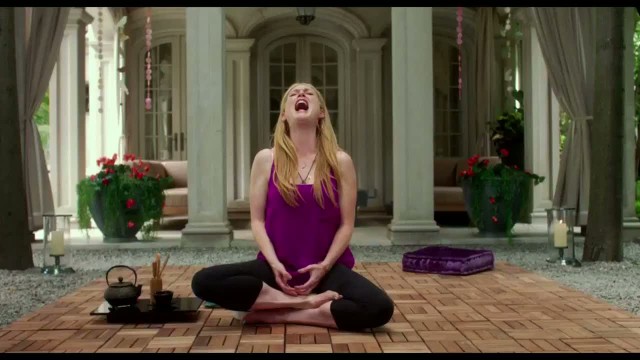
Havana Segrand (Julianne Moore) screams for success in dazzling collaboration between David Cronenberg and Bruce Wagner
Cronenberg, who has made such cult favorites as Scanners, The Fly, Naked Lunch, and A History of Violence, and the L.A.-based Wagner, author of such stinging novels as I’ll Let You Go, Still Holding, The Empty Chair, and I’m Losing You, which he also turned into a film, leave nothing and no one unscathed in this thoroughly brutal depiction of Hollywood as a haunted La La Land of dreams and nightmares, both literally and figuratively. Rising star Wasikowska (Alice in Wonderland, In Treatment, Jane Eyre) is superb as Agatha, her inner and outer scars revealing more and more of themselves as she reinserts herself into the life of her crazy family, with Cusack channeling a bit of Nicolas Cage as the overprotective patriarch, a self-help guru who could use a little help himself. Moore was named Best Actress at Cannes for her harrowing portrayal of an actress teetering on the edge of reality.
Shooting for the first time ever in the United States, Cronenberg captures the sights and smells of Los Angeles and its environs; most of the film was shot in Canada, however, but Cronenberg kept Wagner, a former Hollywood limo driver himself, close by, trying to attain as much authenticity as possible. Twilight hunk Pattinson, who spent all of Cronenberg’s previous movie, Cosmopolis, in the back of a limo, gets in the driver’s seat here, playing an alternate, reimagined version of Wagner. The severely screwed-up Weiss family serves as a microcosm for Hollywood’s own severely screwed-up dysfunction, as Cronenberg melds the ridiculous with the sublime, the tragic with the comic, the bizarre with the, well, more bizarre, creating a modern-day fairy-tale mashup of Shakespeare and Williams, Sunset Boulevard and Less than Zero, a caustic, cautionary tale of the price you pay for getting what you wish for. Maps to the Stars, with an introduction by Early (Search Party, The Afterparty), is screening March 9 at 4:45 and 7:15 at Metrograph, then will be streaming March 12-14 as part of Metrograph at Home.
